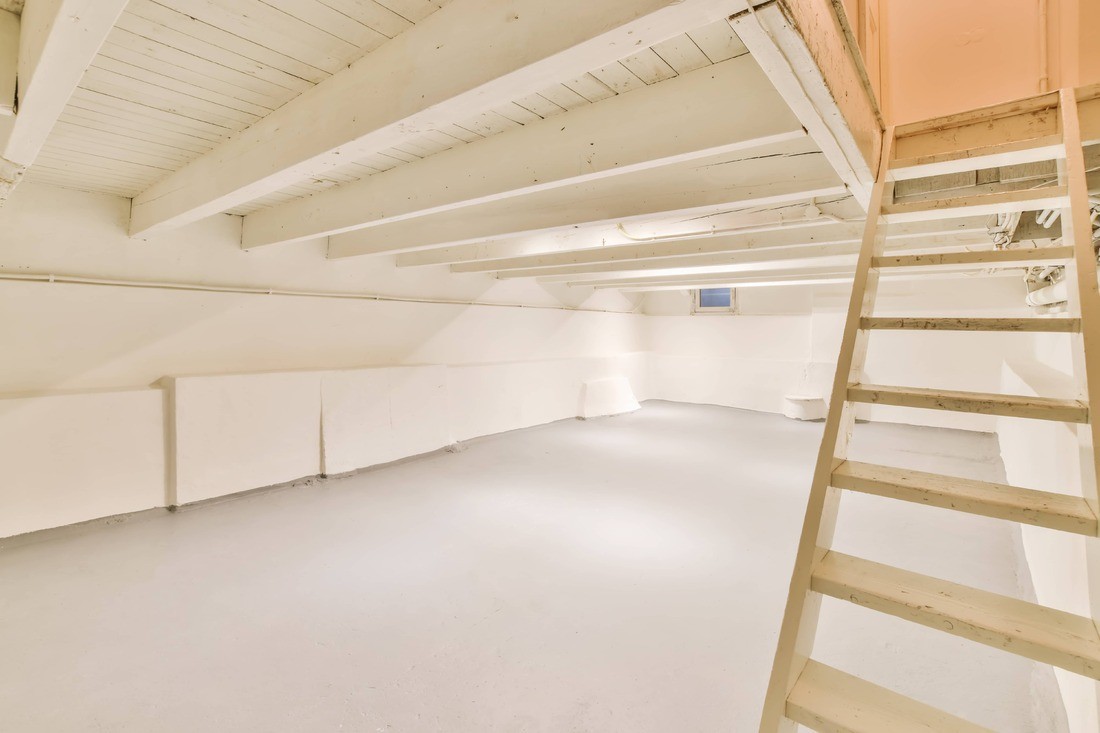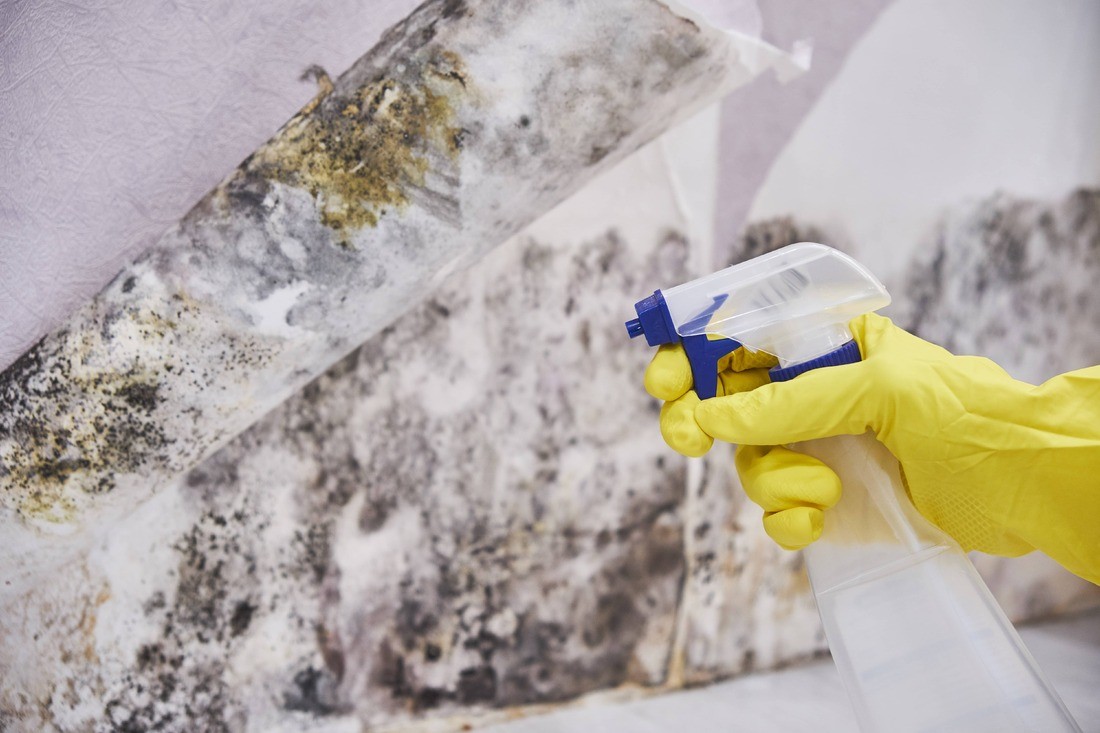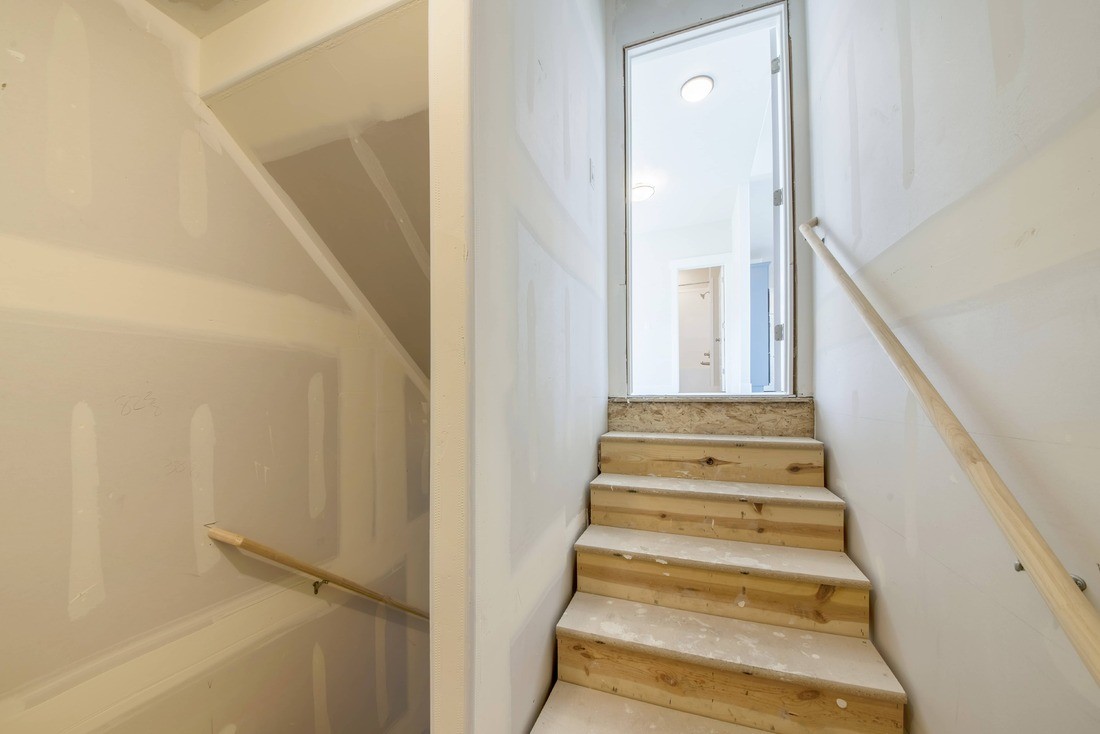
Detecting Hidden Leaks in Basement Plumbing
Basement plumbing is an essential component of any property’s infrastructure, as it allows for the proper flow of water and waste. However, hidden leaks in basement plumbing can cause significant damage if left undetected. In this article, we will explore various methods and techniques for detecting hidden leaks in basement plumbing and preventing water damage to your property.
Why are hidden leaks dangerous?

Hidden leaks in basement plumbing are dangerous for several reasons. Firstly, they can cause damage to the structural integrity of your property. Continuous exposure to water can weaken the foundation, walls, and floors, leading to costly repairs. Secondly, hidden leaks can lead to the growth of mold and mildew, which can pose serious health risks to occupants. Additionally, hidden leaks can increase your water bills significantly if left unresolved.
Signs of hidden leaks
It is crucial to be aware of the signs that indicate the presence of hidden leaks in basement plumbing. Some common signs include:
- Unusual dampness or water pooling in the basement
- An increase in water bills
- Musty odors or signs of mold and mildew growth
- Water stains or discoloration on walls or ceilings
- Decreased water pressure
If you notice any of these signs, it is essential to investigate further to identify the source of the leak.

Methods for detecting hidden leaks
There are several methods and tools available for detecting hidden leaks in basement plumbing. Some commonly used techniques include:
- Visual inspection: Carefully inspect the visible portions of your basement plumbing system, including pipes, joints, and connections, for any signs of leaks or water damage.
- Water meter test: Turn off all water sources in your property and check the water meter. If it continues to move, it indicates a hidden leak.
- Dye test: Add a few drops of food coloring to the toilet tank and wait for a few minutes. If the colored water appears in the toilet bowl without flushing, it signifies a leak.
- Thermal imaging: Use a thermal imaging camera to identify temperature differences caused by hidden leaks.
- Acoustic leak detection: This method uses sensitive listening devices to detect the sound of water escaping from pipes.
It is important to note that while these methods can help identify leaks, professional assistance may be required to locate and repair the hidden leaks effectively.
Prevention and repair
Prevention is key when it comes to minimizing the risk of hidden leaks in basement plumbing. Regular maintenance, such as inspecting pipes, valves, and connections, can help identify potential issues before they escalate. Additionally, insulating pipes in cold areas of the basement can prevent pipe bursts during freezing temperatures.
If you do discover a hidden leak, it is crucial to address the issue promptly to prevent further damage. Contact a professional plumber who specializes in basement plumbing to assess and repair the leak.
Remember, prevention and early detection are crucial for minimizing the risk of hidden leaks and water damage to your property. By implementing these strategies and seeking professional assistance when needed, you can maintain the integrity of your basement plumbing system and protect your investment.



